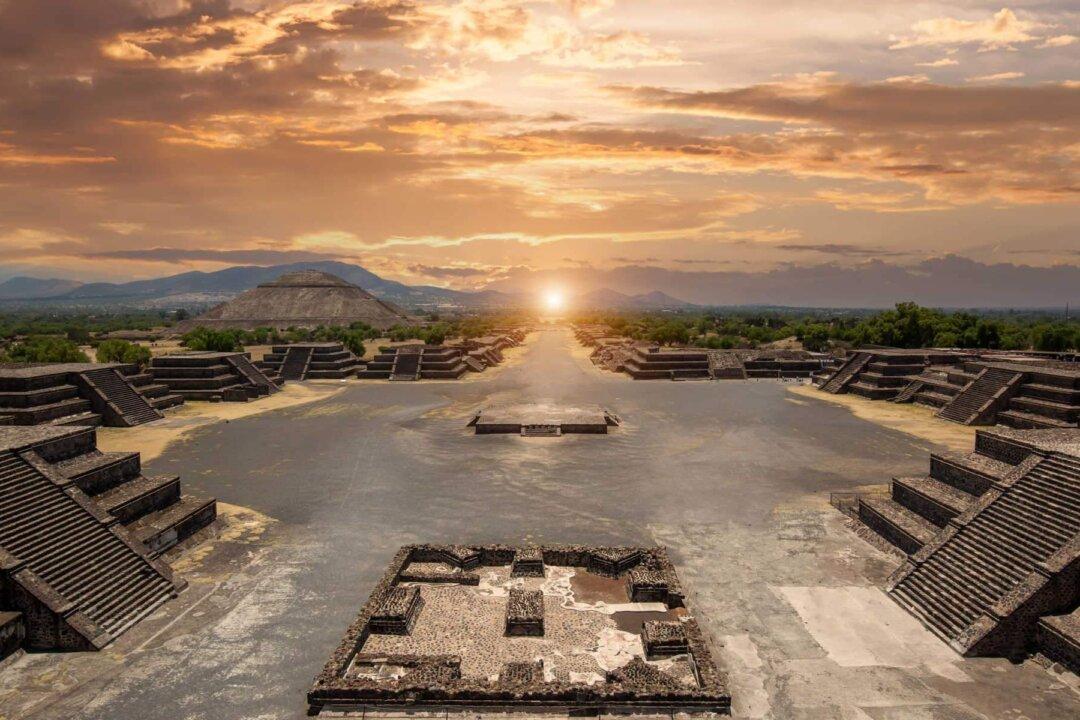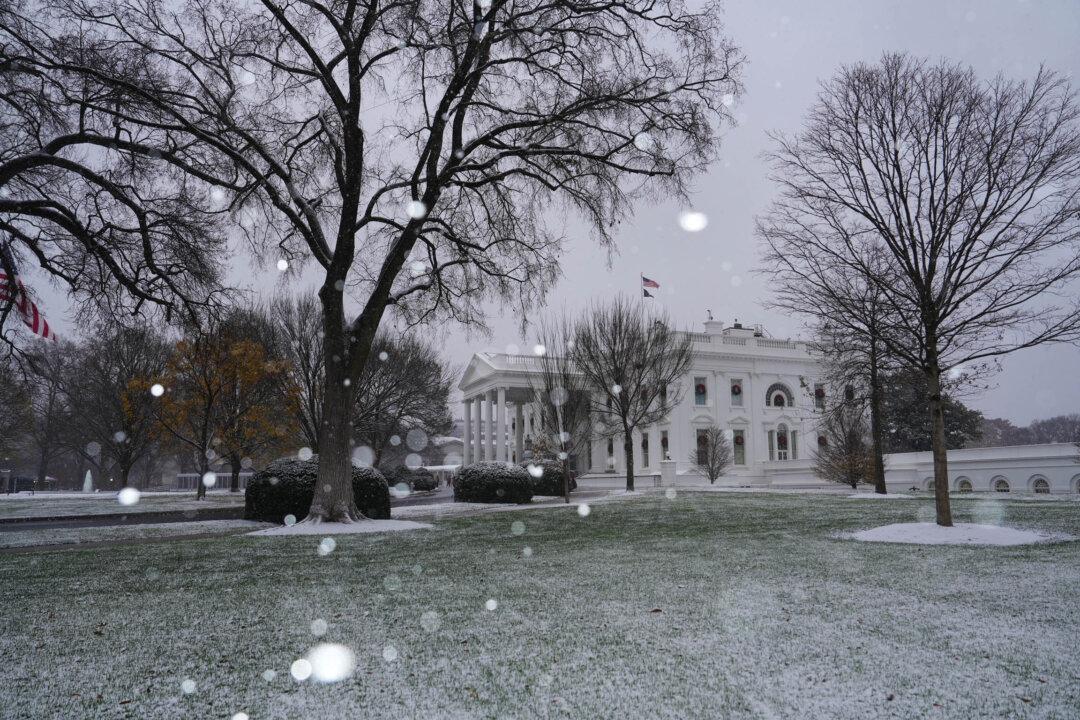Commentary
I’ve spent the last three days in awe of the temples of Teotihuacan, Mexico, which are beyond description in size and scale, challenging even the pyramids of Egypt for inclusion in wonders of the world. They are all the more impressive because we can observe their geographic context as part of a large and once-thriving community, including the ruins of roads and housing complexes.





